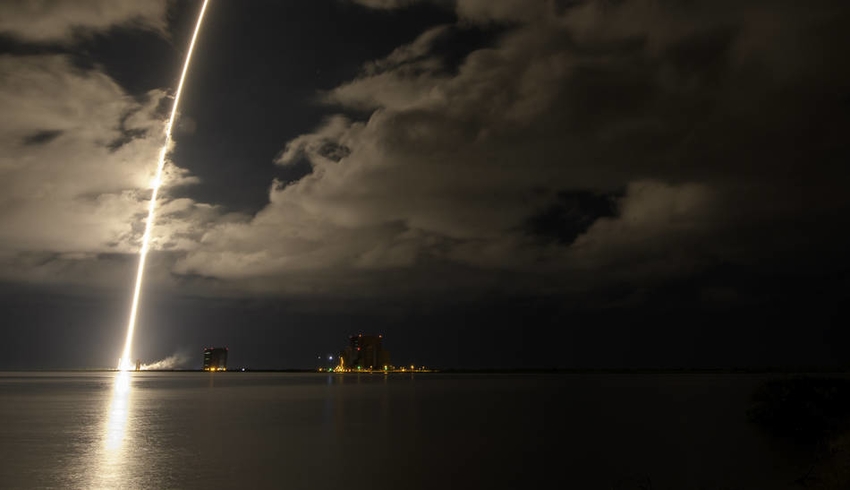It successfully blasted off at 5:34am EDT 16 October on a United Launch Alliance Atlas V rocket from Space Launch Complex 41 at Cape Canaveral Space Force Station in Florida, NASA said.
According to NASA, Lucy will allow scientists to define how the “solar system’s planets formed 4.5 billion years ago” and how they landed in their current configuration.
The US$981 million mission will see Lucy orbit for 12 years exploring the Trojans, which orbit around the sun in front and behind the gas giant Jupiter.
After an hour, Lucy separated from the second stage of the ULA Atlas V 401 Rocket, and 30 minutes later its two solar arrays – each 7.3 metres wide – unfurled and began charging the spacecraft’s batteries, powering its subsystems.
In a blog post on 17 October, NASA said Lucy is stable, but one of its solar arrays may not be fully latched, to which the team is currently analysing for its next steps.
“Lucy embodies NASA’s enduring quest to push out into the cosmos for the sake of exploration and science, to better understand the universe and our place within it,” said NASA administrator Bill Nelson.
“I can’t wait to see what mysteries the mission uncovers!” he added.
NASA said because Jupiter is so large, it scatters away all asteroids in its vicinity, and due to “gravitational influences” from the planet and sun, they have been trapped in stable orbits for many years.
Lucy will travel to eight different asteroids, one ‘main belt’ asteroid – located between Mars and Jupiter – and seven Trojans.
The spacecraft will map surface geology, colour, composition, interiors, bulk properties and will search for rings and satellites on the Trojan asteroids.
After launching, Lucy sent its first signal to Earth from its antenna to NASA’s Deep Space Network at 6:40am.
NASA said it is now travelling around 108,000 km/h on its way to orbit the Sun and will circle towards Earth in October next year for a gravity assist – pushing the spacecraft where it’s intended to go.
“We started working on the Lucy mission concept early in 2014, so this launch has been long in the making,” said Hal Levison, Lucy principal investigator.
“It will still be several years before we get to the first Trojan asteroid, but these objects are worth the wait and all the effort because of their immense scientific value,” Levison added.
After its gravity assist in 2022, Lucy will be directed to orbit beyond Mars, then come towards Earth for another gravity assist in 2024.
The second gravity assist will propel Lucy to the Donaldjohnason asteroid – located within the main belt – in 2025.
Lucy will have several missions to complete over the next decade, expecting to meet with swarms of Trojans for a 2033 encounter.

Isabella Richards
Bella Richards is a journalist who has written for several local newspapers, her university newspaper and a tech magazine, and completed her Bachelor of Communications (Journalism) at the University of Technology Sydney in 2020. She joined Momentum Media in 2021, and has since written breaking news stories across Space Connect, Australian Aviation and World of Aviation.
You can email Bella on: [email protected]

